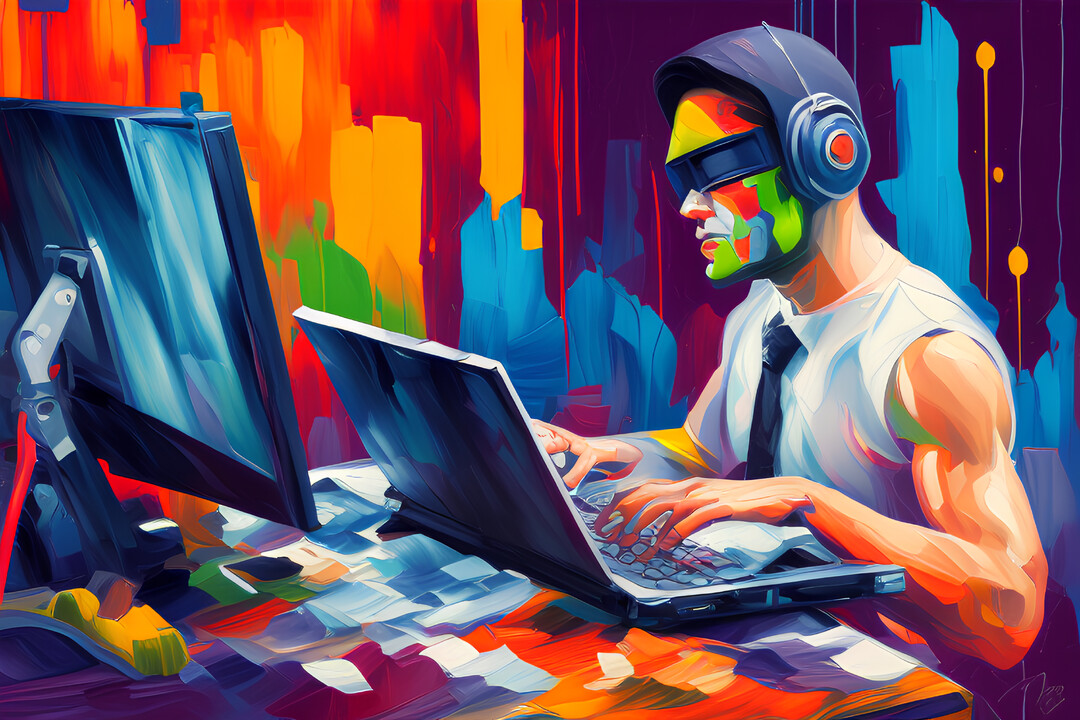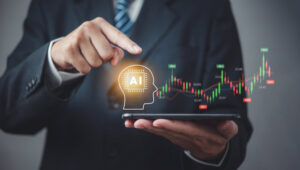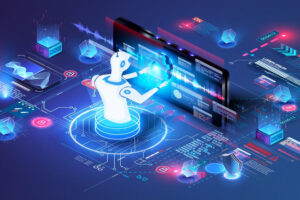The world of graphic design is on the brink of a revolution, driven by artificial intelligence (AI). As we look towards 2025, the trends in AI graphic design promise to transform how digital creators work and innovate. This transformation is not just about automation but also about enhancing creativity and efficiency. In this article, we will explore the significant trends that will shape graphic design in the coming years.

1. Introduction to AI in Graphic Design
The integration of AI into graphic design is not a new concept, but its impact is becoming more pronounced. AI tools are now capable of generating complex designs, automating repetitive tasks, and even offering creative suggestions. For digital creators, this means more time to focus on the artistic aspects of their work.
2. The Role of AI in Creative Processes
AI is enhancing the creative process by offering tools that can analyze vast amounts of data to provide insights and inspiration. For instance, AI can suggest color palettes, font pairings, and layout designs that align with current trends and audience preferences. This ability to process and analyze data is invaluable for designers looking to stay ahead of the curve.
2.1. AI-Powered Design Tools
AI-powered design tools like Leonardo AI are becoming indispensable in the designers toolkit. These tools can automate tasks such as resizing images, optimizing file formats, and even generating design drafts, allowing designers to focus on more complex tasks.
3. Personalization and Customization
One of the most exciting trends in AI graphic design is the ability to create highly personalized content. AI can analyze user data to deliver customized designs that cater to individual preferences, enhancing user engagement and satisfaction.
3.1. AI in User-Centric Design
AI helps create user-centric designs by analyzing user interactions and preferences. This data-driven approach ensures that designs are not only aesthetically pleasing but also functional and user-friendly.
4. Automation of Repetitive Tasks
AI is revolutionizing the design process by automating repetitive tasks such as cropping, resizing, and format conversions. This automation allows designers to focus on the creative aspects of their projects, improving efficiency and productivity.
4.1. Streamlining Workflow with AI
Integrating AI into design workflows can significantly reduce the time spent on mundane tasks. Tools that automate these tasks are becoming more sophisticated, allowing for seamless integration into existing design processes.
5. AI and Artistic Expression
AI is not just about efficiency; it also opens new avenues for artistic expression. Designers can use AI to explore new styles, experiment with different techniques, and push the boundaries of traditional design.
5.1. AI-Driven Artistic Innovation
AI-driven tools provide designers with new ways to express their creativity. From generating unique patterns to creating abstract art, AI is becoming an essential tool for artistic innovation.
6. Enhanced Collaboration Through AI
AI is facilitating better collaboration among design teams by providing tools that streamline communication and project management. These tools help ensure that all team members are on the same page, reducing the risk of miscommunication and errors.
6.1. AI in Collaborative Platforms
Collaborative platforms that incorporate AI are becoming more popular in the design industry. These platforms allow for real-time collaboration and feedback, making it easier for teams to work together, regardless of their physical location.
7. Future Prospects of AI in Design
The future of AI in graphic design looks promising, with advancements in machine learning and data analytics paving the way for more sophisticated tools. These advancements will likely lead to even more innovative and efficient design processes.
7.1. Continuous Learning and Adaptation
AI systems that can learn and adapt to new trends will become increasingly important. These systems will help designers stay relevant by quickly adopting new styles and techniques.
8. Ethical Considerations
As AI becomes more integrated into graphic design, ethical considerations around data privacy and the potential for bias must be addressed. Designers must be aware of these issues and work to ensure that their use of AI is responsible and ethical.
8.1. Addressing AI Bias
AI systems are only as good as the data they are trained on. Designers must ensure that their AI tools are free from bias and represent diverse perspectives.
9. Conclusion
The trends in AI graphic design 2025 are set to redefine the industry. By embracing these trends, digital creators can enhance their creativity, improve efficiency, and create more personalized and innovative designs. The future is bright for those willing to adapt and embrace the possibilities that AI offers.

FAQs
1. How is AI used in graphic design?
AI in graphic design is used to automate repetitive tasks, analyze data for design insights, and suggest creative ideas, allowing designers to focus on more complex and creative aspects of their work.
2. What are the benefits of AI in graphic design?
The benefits of AI in graphic design include increased efficiency, enhanced creativity, personalized designs, and better collaboration among design teams.
3. Are there any ethical concerns with AI in design?
Yes, ethical concerns include data privacy issues and the potential for bias in AI systems. Designers must be vigilant in ensuring that their AI tools are used responsibly and ethically.







